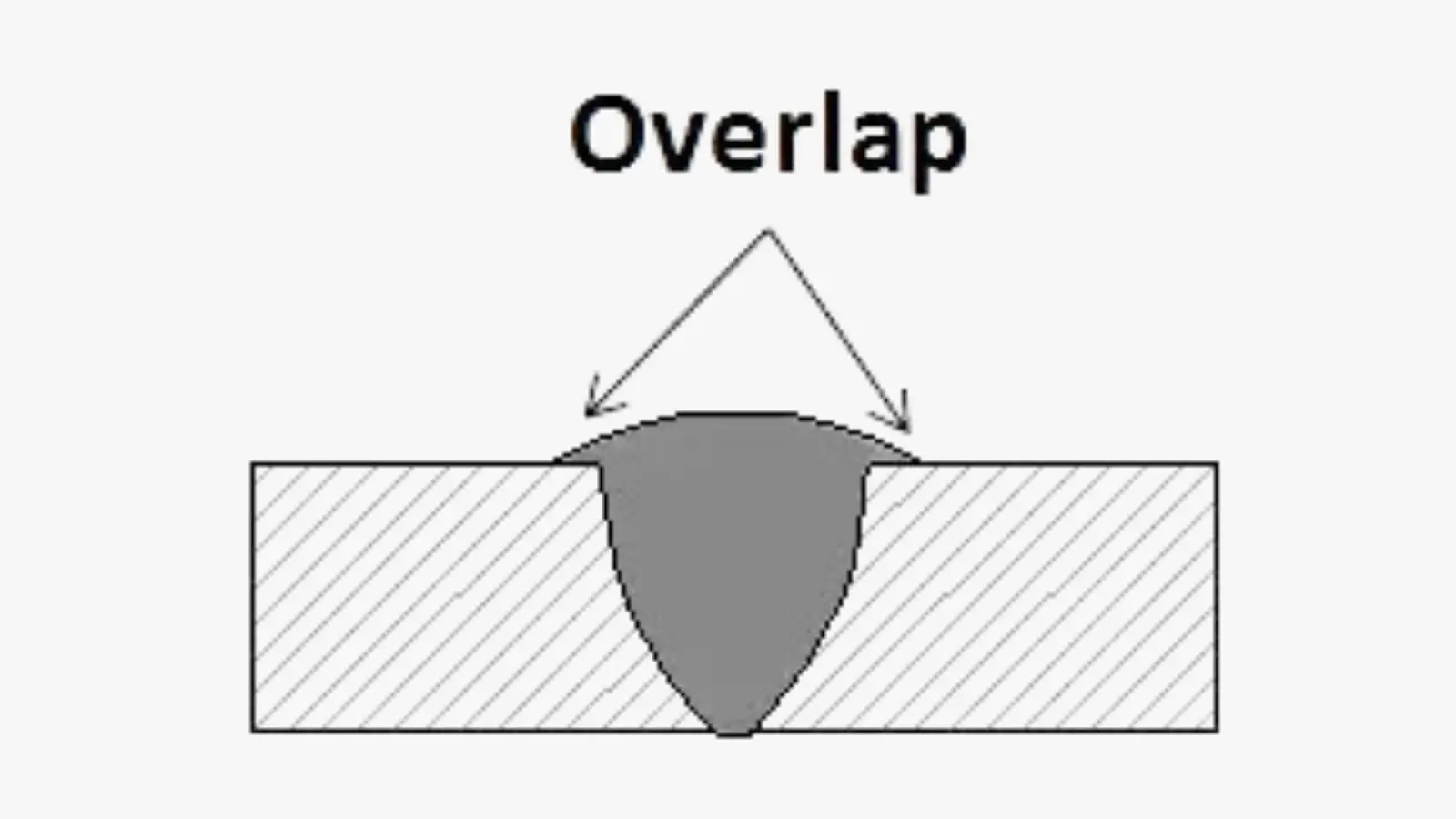Step-by-Step Overview to Preventing Weld Undercut in Different Metals
Step-by-Step Overview to Preventing Weld Undercut in Different Metals
Blog Article
Recognizing the Causes and Solutions for Undercut Welding in Steel Construction Procedures
In the world of metal fabrication processes, the incident of undercut welding poses a substantial difficulty that requires a comprehensive understanding of its reasons and viable options. The elaborate interaction of numerous elements during welding operations can result in this unwanted sensation, affecting the structural stability and total top quality of the welded joints - Preventing weld undercut. By exploring the root creates of undercut welding and exploring efficient therapeutic steps, producers can boost the standard of their handiwork and make sure the manufacturing of perfect steel parts
Common Reasons For Undercut Welding
Frequently neglected in metal construction, undercut welding takes place because of various elements that demand precise interest and know-how to be effectively minimized. One common source of undercut welding is too much warmth input. When the heat input is too high, it can cause the melting and succeeding erosion of the base material along the sides of the weld joint, creating a groove or undercut. Additionally, improper welding methods, such as making use of the incorrect welding angle or travel speed, can also add to damage formation. Insufficient protecting gas coverage is one more vital aspect that can result in damaging. Not enough gas coverage fails to shield the weld pool adequately, bring about oxidation and undercut problems. The choice of welding parameters, such as voltage, present, and wire feed speed, plays a substantial duty in the event of undercut welding. Recognizing these common reasons is crucial for executing safety nets and ensuring high-grade welds in steel construction processes.
Influence of Incorrect Welding Parameters
Imprecise welding parameters can considerably jeopardize the integrity and quality of bonded joints in steel construction procedures. The influence of wrong welding parameters shows up in different methods, leading to structural weak points and issues in the welded elements. Careful attention to welding criteria is critical to ensure the manufacturing of high-grade welds with the wanted mechanical properties and architectural integrity.
Result of Improper Lantern Angle
Improper lantern angle in welding operations can dramatically influence the high quality and stability of the last weld joints in steel fabrication procedures. Undercutting is a typical welding defect where a groove creates along the weld toe, weakening the joint and jeopardizing its architectural integrity.
A lantern angle that is also steep can bring about inadequate infiltration, insufficient combination, and raised spatter. On the other hand, a lantern angle that is also shallow can result in excessive penetration, burn-through, and distortion of the base product. Preventing weld undercut. Correct lantern angle is crucial for making certain consistent weld top quality, strength, and appearance
To stop damaging and other flaws brought on by inappropriate torch angles, welders need to be trained to maintain the correct lantern angle throughout the welding process. Regular tracking and adjustment of torch angles during welding can aid accomplish audio welds with very little defects.
Function of Inadequate Welding Strategies

One more aspect of inadequate welding strategies is inappropriate weld prep work. Insufficient cleaning of the base metals, inaccurate joint style, or not enough edge prep work can all add to damage welding. Additionally, insufficient protecting gas insurance coverage or using the wrong kind of gas can cause incomplete fusion and the development of undercut problems.
To resolve the role of poor welding strategies in metal fabrication processes, it is necessary to offer extensive training for welders. Proper education on welding parameters, joint prep work, and protecting gas choice can aid prevent undercut welding and make certain top notch welds in metal construction projects.
Effective Solutions for Undercut Welding
Addressing undercut welding in metal manufacture needs executing efficient remedies to enhance weld top quality and structural stability. One of the main options to combat undercut is to readjust welding parameters such discover this as voltage, current, and site here take a trip speed to guarantee correct heat input and blend. By fine-tuning these setups, welders can protect against excessive melting of the base steel and filler material, decreasing the chance of undercut development.
Additionally, correct joint prep work is critical in preventing undercut. Guaranteeing clean base steel surface areas without impurities and using the proper bevel angle can aid advertise better weld infiltration and reduce the danger of undercut - Preventing weld undercut. Utilizing appropriate welding strategies, such as oscillating the torch or weaving, can also aid in dispersing warm uniformly and filling the weld joint adequately, minimizing the opportunity of undercut issues
In addition, picking the correct welding consumables, including electrodes and filler steels, is important in mitigating undercut. Making use of products with ideal chemical compositions and mechanical properties can add to attaining audio welds with minimal undercut. Regular evaluation and quality assurance steps should likewise be implemented to identify and deal with undercut concerns without delay, guaranteeing the general stability of fabricated metal elements.

Verdict
To conclude, recognizing the reasons and remedies for undercut welding in steel fabrication processes is critical for attaining premium welds. By dealing with usual reasons such as inaccurate welding parameters, improper lantern angle, and insufficient welding strategies, welders can prevent undercutting and guarantee solid, durable welds. It is vital to take notice of these elements and apply reliable remedies to boost the total welding process and end product high quality.

Report this page